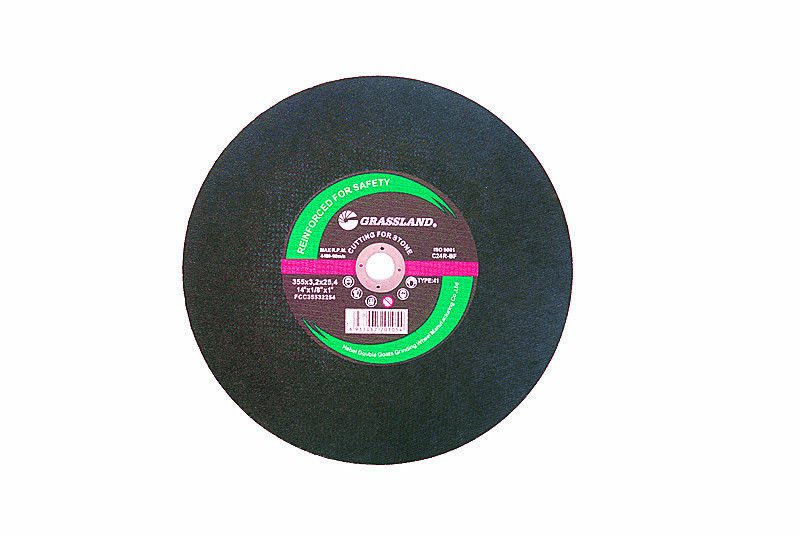Understanding Abrasive Cutting Wheels A Comprehensive Guide
Abrasive cutting wheels are essential tools used in various industries, providing efficiency and precision for cutting materials ranging from metals to plastics. Known for their durability and effectiveness, these wheels come in various shapes and sizes, seamlessly adaptable to a wide range of cutting tasks. Understanding the characteristics, applications, and safety measures related to abrasive cutting wheels is crucial for both professionals and hobbyists.
What Are Abrasive Cutting Wheels?
Abrasive cutting wheels are circular discs made from a composite of abrasive grains and bonding agents. The abrasive grains are the cutting components, typically composed of materials like aluminum oxide, silicon carbide, or diamond. The choice of abrasive material depends on the specific cutting task at hand and the material being cut. For instance, aluminum oxide is ideal for ferrous metals, while silicon carbide is better suited for non-ferrous materials and certain ceramics.
These wheels are commonly attached to handheld and stationary cutting tools, providing a spinning action that allows for efficient material removal. The wheels can vary in thickness, diameter, and performance, all of which affect their optimal use.
Applications of Abrasive Cutting Wheels
Abrasive cutting wheels find applications in numerous sectors. Here are some of the most common
1. Metal Fabrication Industries involved in metalworking rely heavily on abrasive cutting wheels for cutting pipes, sheets, and other metal components. The ability to achieve clean cuts without deforming the material is a significant advantage.
2. Construction In construction, these wheels are used for cutting bricks, tiles, and concrete. Their efficiency significantly speeds up the construction process while ensuring high precision.
3. Automotive Repair Mechanics use abrasive cutting wheels to cut through various materials in vehicle repair. The tools help in removing rusted bolts, cutting exhaust pipes, and modifying chassis parts.
4. Woodworking While primarily associated with metalworking, abrasive cutting wheels also serve in woodworking applications. They can be utilized for cutting wood composites or for detailed carving.
Characteristics of Quality Abrasive Cutting Wheels
abrasive cutting wheel

When selecting abrasive cutting wheels, several characteristics should be considered
- Bonding Material The bonding agent determines the durability and performance of the wheel. Traditional resin bonds provide good strength and flexibility, while vitrified bonds offer excellent rigidity and heat resistance.
- Abrasive Grain Quality The size, hardness, and uniformity of abrasive grains affect cutting performance. Finer grains provide a sharper cut, while larger grains can handle heavier material removal.
- Speed Rating Every abrasive wheel has a maximum allowable speed, measured in revolutions per minute (RPM). Exceeding this can lead to wheel failure—a significant safety hazard.
Safety Measures
Safety cannot be overlooked when using abrasive cutting wheels. Here are some critical safety tips
1. Personal Protective Equipment (PPE) Always wear appropriate gear, including safety goggles, gloves, and hearing protection. This helps protect against debris and noise hazards.
2. Inspect the Wheel Before use, always check the wheel for any cracks, damage, or wear. A damaged wheel can shatter during operation, causing severe injury.
3. Follow Manufacturer Guidelines Always adhere to manufacturer specifications regarding wheel use, maximum RPMs, and suitable materials for cutting.
4. Proper Mounting Ensure that the cutting wheel is mounted correctly and securely on the power tool to prevent vibrational damage and ensure optimal performance.
5. Avoid Overheating Continuous cutting can generate excessive heat, potentially damaging both the wheel and the material. Use appropriate cooling techniques, such as intermittent cutting, to mitigate this.
Conclusion
Abrasive cutting wheels are indispensable tools in various industries, prized for their efficiency and effectiveness in cutting a wide range of materials. Understanding their features, applications, and the necessary safety precautions is vital for maximizing their potential while ensuring safe operation. Whether you are a professional tradesperson or a DIY enthusiast, familiarizing yourself with abrasive cutting wheels will enhance your cutting experience, leading to better results and greater satisfaction in your work.
Post time:Dec - 11 - 2024

















